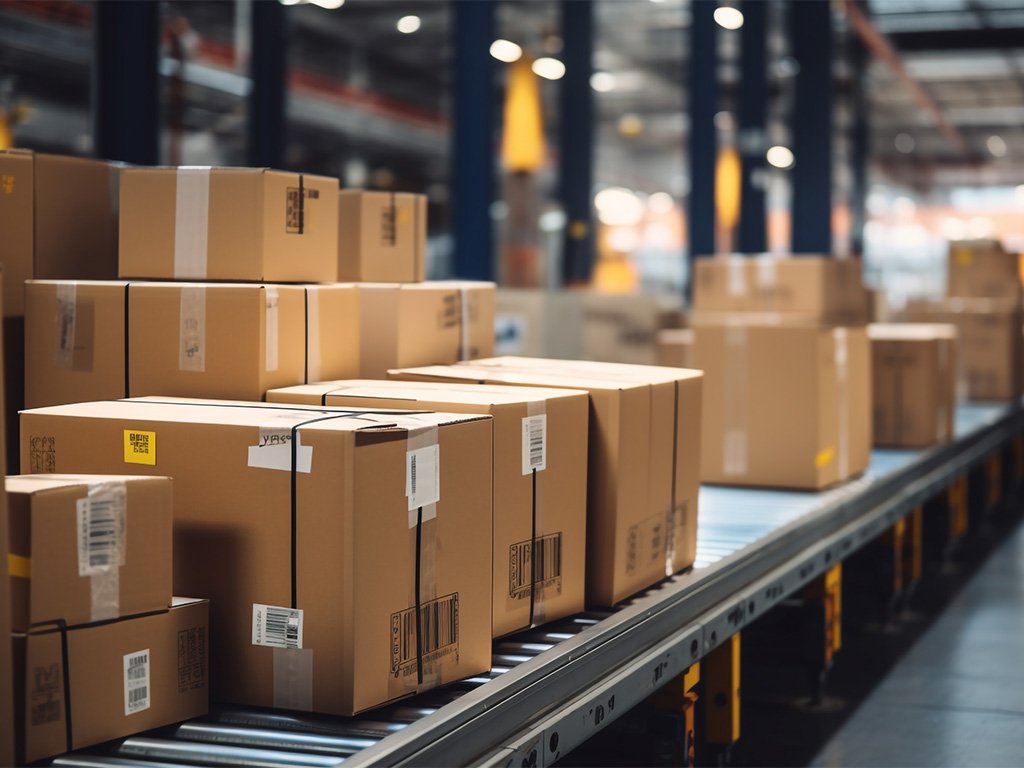
Beyond the Warehouse: The Role of IoT in Revolutionizing Supply Chain Management
The Internet of Things (IoT) is transforming supply chain management by introducing unprecedented levels of
connectivity and intelligence. Here’s how IoT is driving this change:
- IoT-enabled sensors track shipments across the supply chain, providing real-time data on location, temperature, humidity, and more.
- Enhances customer satisfaction through accurate delivery estimates and proactive issue resolution.
- IoT devices monitor equipment health, reducing downtime by predicting and addressing potential failures before they occur.
- Prolongs the lifespan of machinery and minimizes unexpected disruptions.
- Smart shelves and IoT tags ensure accurate inventory levels, automating reordering processes to prevent stockouts or overstocking.
- Supports just-in-time (JIT) inventory strategies, reducing storage costs.
- IoT data helps optimize transportation routes, reducing fuel consumption and carbon emissions.
- Enables better waste management by tracking perishables and preventing spoilage.
- IoT systems detect anomalies in shipments, such as unauthorized access or tampering, enhancing supply chain security. Blockchain integration with IoT ensures transparent, tamper-proof records.
- IoT facilitates seamless communication among manufacturers, suppliers, and retailers, enabling synchronized operations.
- Reduces delays and improves overall efficiency.
Real-Time Visibility:
Predictive Maintenance:
Enhanced Inventory Management:
Improved Sustainability:
Strengthened Security:
Collaboration Across Stakeholders:
As IoT adoption grows, businesses can expect more connected, agile, and sustainable supply chains. This shift is not only transforming logistics but also setting the stage for the future of global trade.




